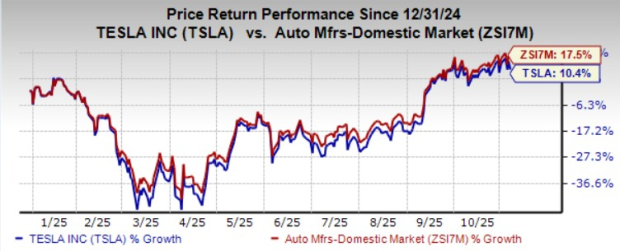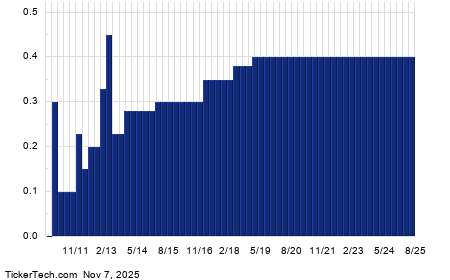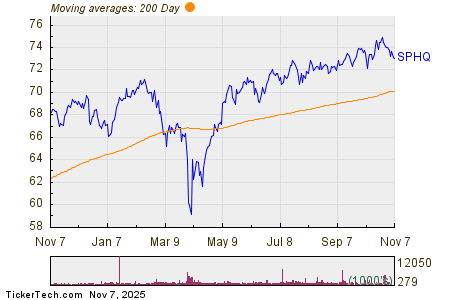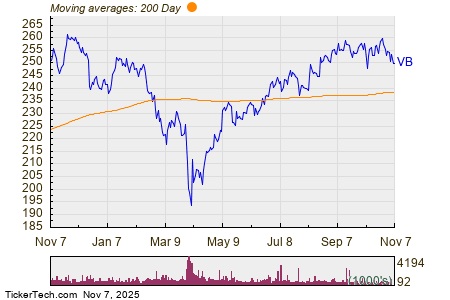CarMax Faces Challenges Amid Market Shifts
CarMax, Inc. (KMX), based in Richmond, Virginia, is a leading retailer of used automobiles. The company boasts a market cap of $13 billion, providing a wide range of vehicles including cars, vans, electric vehicles, and light trucks. Additionally, CarMax offers services such as rental, maintenance, post-warranty repairs, mechanical and painting work, diagnostics, insurance, valuation, and security services.
A Look at CarMax’s Position in the Market
KMX fits the profile of a “large-cap stock,” thanks to its market cap surpassing $10 billion. This designation highlights its significant size, influence, and strong presence within the auto and truck dealerships sector. CarMax stands out as the largest used-vehicle retailer in the U.S., a fact reinforced by its strong brand recognition and distinctive no-haggle pricing strategy, which fosters customer loyalty. The company’s omni-channel platform allows for purchasing both online and in-store, further enhancing customer satisfaction and broadening its market reach.
Stock Performance: Recent Developments
Recently, KMX has experienced a downturn, dropping 8.2% from its 52-week high of $91.25 reached on December 19. While the stock gained 8.3% over the past three months, it trailed behind the Nasdaq Composite’s ($NASX) 8.8% increase in the same period.
Over the longer term, KMX shares rose 14.2% in the last six months, outperforming the Nasdaq’s 10.4% gains. However, over the past year, KMX’s 7.4% rise fell short of the Nasdaq’s impressive 30.6% gains.
Since early November, KMX has been trading above its 50-day and 200-day moving averages, with minor fluctuations that suggest a bullish trend.
Current Challenges in the Used Car Market
The recent underperformance of CarMax can be linked to a challenging used car market, which, although showing some strength, has not provided the expected growth. Over the last two years, CarMax’s same-store sales have declined at an average annual rate of 8.4%. This trend raises concerns that the company may be relying on new store openings to boost revenue rather than enhancing the performance of existing ones.
On December 19, KMX shares gained over 3% following the release of its Q3 results, where the company reported an earnings per share (EPS) of $0.81, surpassing Wall Street’s expectations of $0.62. Additionally, their revenue reached $6.2 billion, exceeding the $6 billion forecast.
Competitive Landscape
In the competitive landscape of auto and truck dealerships, Carvana Co. (CVNA) has outperformed KMX significantly. Over the past six months, CVNA shares increased by 61.9%, and they have soared by 295.5% over the last 52 weeks.
Looking ahead, Wall Street analysts hold a moderately optimistic view on KMX. The stock is rated as a “Moderate Buy” by 17 analysts, with a mean price target of $85.15, suggesting a potential upside of 1.6% from current levels.
On the date of publication, Neha Panjwani did not hold any positions in the mentioned securities. All data and information are provided solely for informational purposes. For further details, please refer to the Barchart Disclosure Policy.
The opinions expressed in this article reflect those of the author and do not necessarily represent Nasdaq, Inc.








